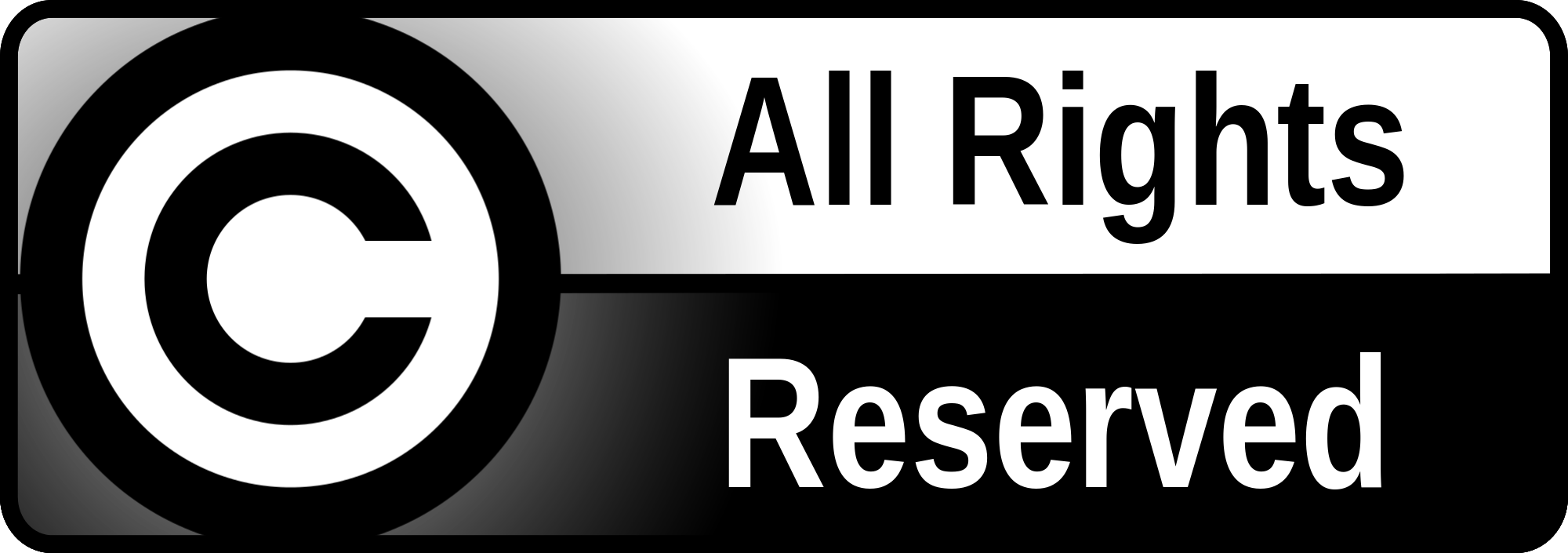Are There Universal Collective Rights?
Abstract
The first part of the paper focuses on the current debate over the universality of human rights. After conceptually distinguishing between different types of universality, it employs Sen's definition that the claim of a universal value is the one that people anywhere may have reason to see as valuable. When applied to human rights, this standard implies "thin" (relative, contingent) universality, which might be operationally worked-out as in Donnelly's three-tiered scheme of concepts conceptions- implementations. The second part is devoted to collective rights, which have recently become a new topic of the human rights debate. This part provides the basis of political-philosophical justification and legal-theoretical conceptualization of collective rights, as rights directly vested in collective entities. The third part dwells on the problem of universality of collective rights. It differentiates between the three main collective entities in international law-peoples, minorities, and i...ndigenous peoples-and investigates whether certain rights vested in these collectives might, according to Sen's standard, acquire the status of the universal ones. After determining that some rights are, in principle, plausible candidates for such a status in international law, this paper concludes by taking notice of a number of the open issues that still need to be settled, primarily by the cooperative endeavor of international legal scholars and legal theorists.
Keywords:
Universality / Peoples / Minorities / Indigenous peoples / Human rights / Collective rightsSource:
Human Rights Review, 2010, 11, 1, 17-44Publisher:
- Springer, Dordrecht
DOI: 10.1007/s12142-008-0110-2
ISSN: 1524-8879
WoS: 000217516000002
Scopus: 2-s2.0-79956250094
Collections
Institution/Community
Pravni fakultet / Faculty of Law University of BelgradeTY - JOUR AU - Jovanović, Miodrag PY - 2010 UR - https://ralf.ius.bg.ac.rs/handle/123456789/522 AB - The first part of the paper focuses on the current debate over the universality of human rights. After conceptually distinguishing between different types of universality, it employs Sen's definition that the claim of a universal value is the one that people anywhere may have reason to see as valuable. When applied to human rights, this standard implies "thin" (relative, contingent) universality, which might be operationally worked-out as in Donnelly's three-tiered scheme of concepts conceptions- implementations. The second part is devoted to collective rights, which have recently become a new topic of the human rights debate. This part provides the basis of political-philosophical justification and legal-theoretical conceptualization of collective rights, as rights directly vested in collective entities. The third part dwells on the problem of universality of collective rights. It differentiates between the three main collective entities in international law-peoples, minorities, and indigenous peoples-and investigates whether certain rights vested in these collectives might, according to Sen's standard, acquire the status of the universal ones. After determining that some rights are, in principle, plausible candidates for such a status in international law, this paper concludes by taking notice of a number of the open issues that still need to be settled, primarily by the cooperative endeavor of international legal scholars and legal theorists. PB - Springer, Dordrecht T2 - Human Rights Review T1 - Are There Universal Collective Rights? EP - 44 IS - 1 SP - 17 VL - 11 DO - 10.1007/s12142-008-0110-2 UR - conv_2877 ER -
@article{
author = "Jovanović, Miodrag",
year = "2010",
abstract = "The first part of the paper focuses on the current debate over the universality of human rights. After conceptually distinguishing between different types of universality, it employs Sen's definition that the claim of a universal value is the one that people anywhere may have reason to see as valuable. When applied to human rights, this standard implies "thin" (relative, contingent) universality, which might be operationally worked-out as in Donnelly's three-tiered scheme of concepts conceptions- implementations. The second part is devoted to collective rights, which have recently become a new topic of the human rights debate. This part provides the basis of political-philosophical justification and legal-theoretical conceptualization of collective rights, as rights directly vested in collective entities. The third part dwells on the problem of universality of collective rights. It differentiates between the three main collective entities in international law-peoples, minorities, and indigenous peoples-and investigates whether certain rights vested in these collectives might, according to Sen's standard, acquire the status of the universal ones. After determining that some rights are, in principle, plausible candidates for such a status in international law, this paper concludes by taking notice of a number of the open issues that still need to be settled, primarily by the cooperative endeavor of international legal scholars and legal theorists.",
publisher = "Springer, Dordrecht",
journal = "Human Rights Review",
title = "Are There Universal Collective Rights?",
pages = "44-17",
number = "1",
volume = "11",
doi = "10.1007/s12142-008-0110-2",
url = "conv_2877"
}
Jovanović, M.. (2010). Are There Universal Collective Rights?. in Human Rights Review Springer, Dordrecht., 11(1), 17-44. https://doi.org/10.1007/s12142-008-0110-2 conv_2877
Jovanović M. Are There Universal Collective Rights?. in Human Rights Review. 2010;11(1):17-44. doi:10.1007/s12142-008-0110-2 conv_2877 .
Jovanović, Miodrag, "Are There Universal Collective Rights?" in Human Rights Review, 11, no. 1 (2010):17-44, https://doi.org/10.1007/s12142-008-0110-2 ., conv_2877 .



